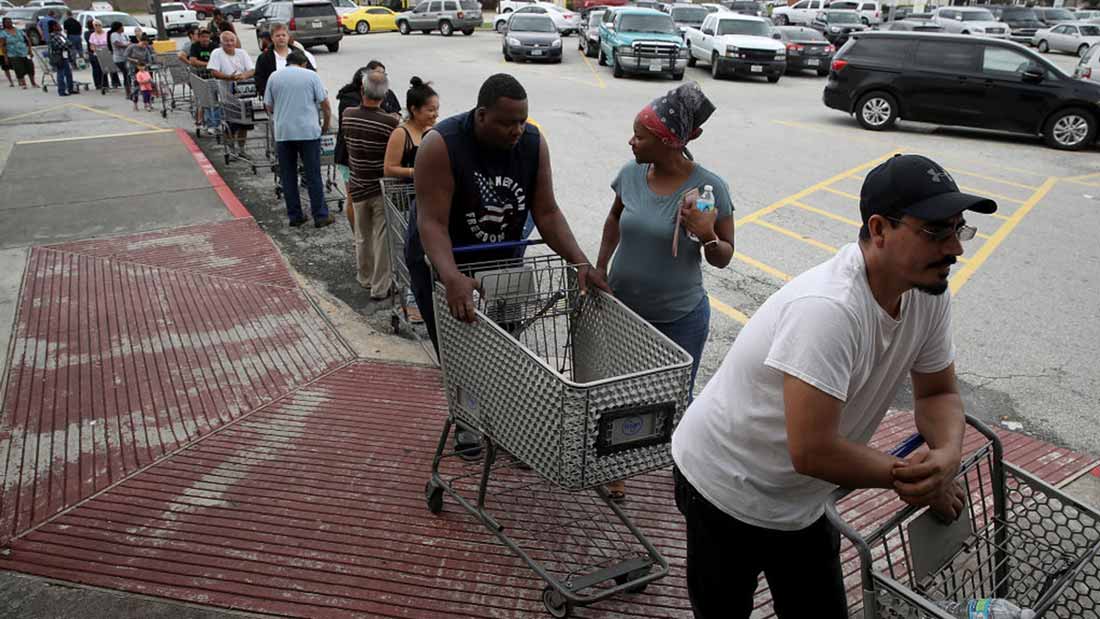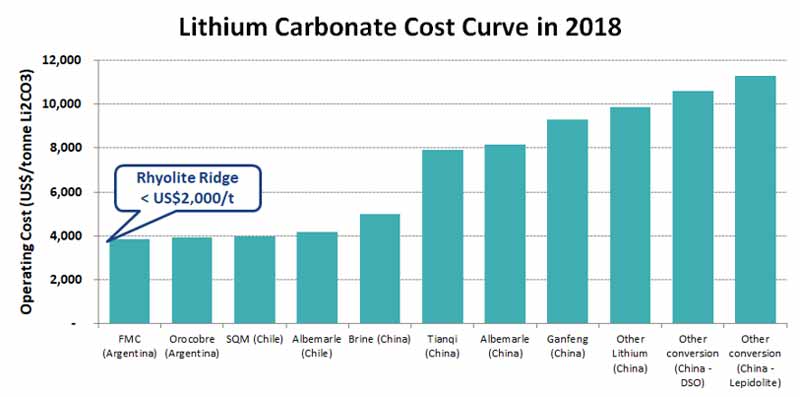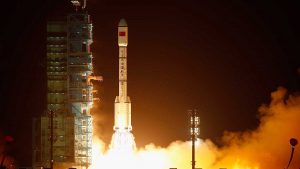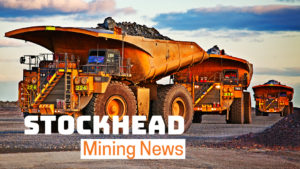Global Geoscience has a ‘very long list’ of potential lithium and boron customers

Following news that Global Geoscience will have the lowest cost lithium project in the world, boss Bernard Rowe told Stockhead the company already has potential buyers lined up.
The company (ASX:GSC) has been in preliminary talks over the past 12 months to gauge interest in product from its Rhyolite Ridge lithium and boron project in Nevada, US.
“Already there are a lot of potential both offtake and also funding partners who have shown interest in this project,” Mr Rowe said.
“Now we deliberately did not pursue those discussions any further than the introductory nature of the conversations simply because we didn’t want to have those discussions until we had finished our pre-feasibility study (PFS).
“But what we do have is a very long list of both lithium and boron customers that we are now going to reach out and go basically to the next stage of discussion with them.”
Mr Rowe said several of the interested parties had already visited the Rhyolite Ridge project.
Global Geoscience has now completed its PFS and it indicates that the project will be the lowest cost lithium producer in the world — even lower than lithium giants SQM and Albemarle, which produce from low-cost brine deposits in Chile.
Brine deposits are cheaper to extract lithium from than hard-rock deposits.
- Subscribe to our daily newsletter
- Bookmark this link for small cap news
- Join our small cap Facebook group
- Follow us on Facebook or Twitter
According to Mr Rowe, brine producers in Chile and Argentina are currently producing at costs of between $US2000 and $US4000 per tonne.
But Global Geoscience’s PFS indicates Rhyolite Ridge will produce lithium carbonate at a cost of $US1796 ($2538) per tonne, with a boric acid credit.

While the Rhyolite Ridge project is a hard rock deposit, it is not a typical spodumene deposit.
Spodumene is the main lithium bearing mineral mined from most hard rock lithium mines around the world.
“They’re not like spodumene where you then have to make a concentrate of that spodumene mineral and send it to China to get it to be converted into lithium carbonate,” Mr Rowe explained.
“Here our hard rock you can extract the lithium and the boron using sulfuric acid and you can make lithium carbonate, or hydroxide, and boric acid in the processing plant at the site and that’s what distinguishes it from other hard rock deposits.”
Battery-grade lithium carbonate is used to make lithium-ion batteries.
Lithium hydroxide is mainly used to produce lithium greases, but it is also used as a heat-transfer medium and as a storage-battery electrolyte.
The Rhyolite Ridge project is the largest lithium and boron resource in North America.
It is expected to produce 20,200 tonnes of lithium carbonate and 173,000 tonnes of boric acid each year, which is forecast to generate $US6.6 billion in after-tax cash flow.
Global Geoscience will now undertake a definitive feasibility study and advance offtake and funding talks.
“I would say it’s entirely possible for us to start giving some details about those conversations, maybe not have full formal agreements in place, but certainly be able to start talking that we’ve entered into confidential discussions over the next couple of months,” Mr Rowe said.
UNLOCK INSIGHTS
Discover the untold stories of emerging ASX stocks.
Daily news and expert analysis, it's free to subscribe.
By proceeding, you confirm you understand that we handle personal information in accordance with our Privacy Policy.








